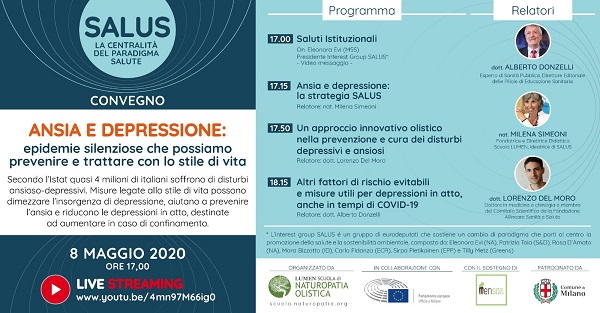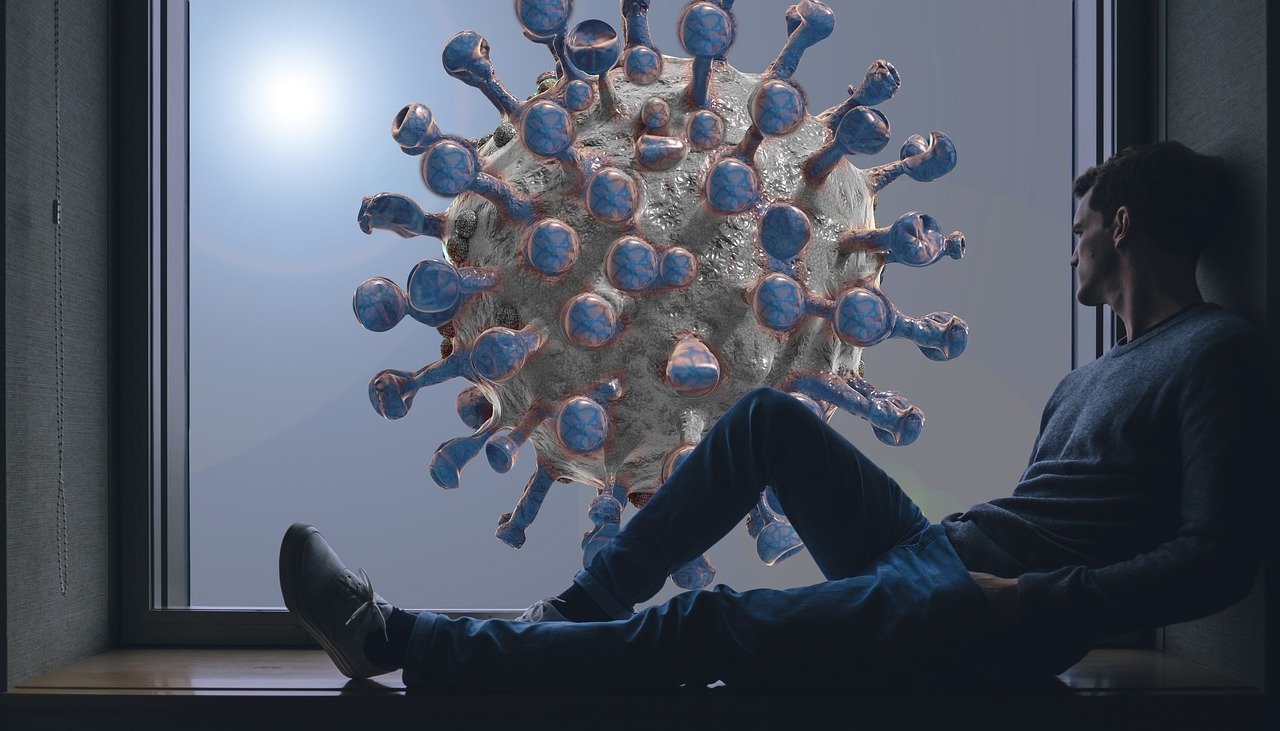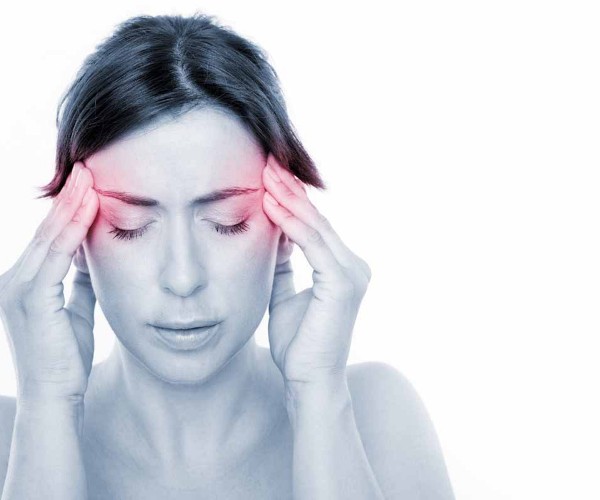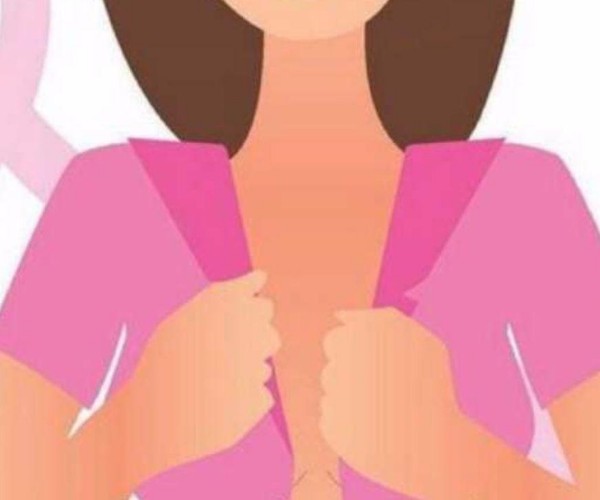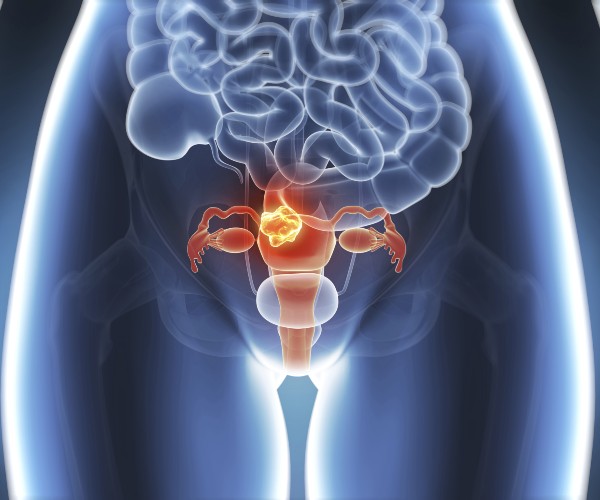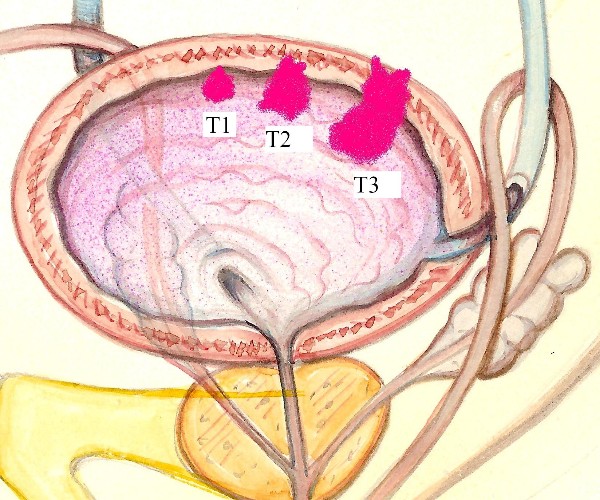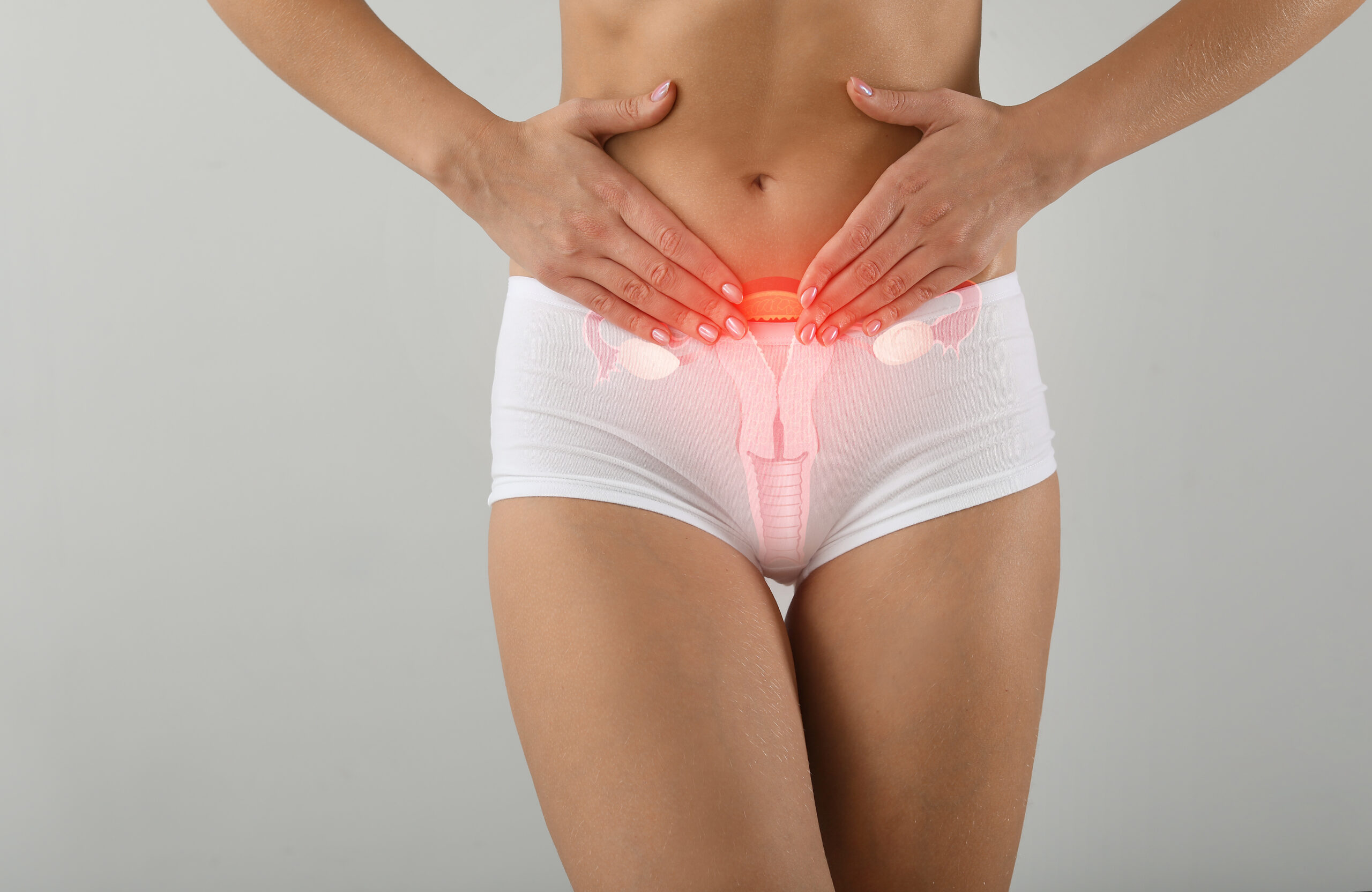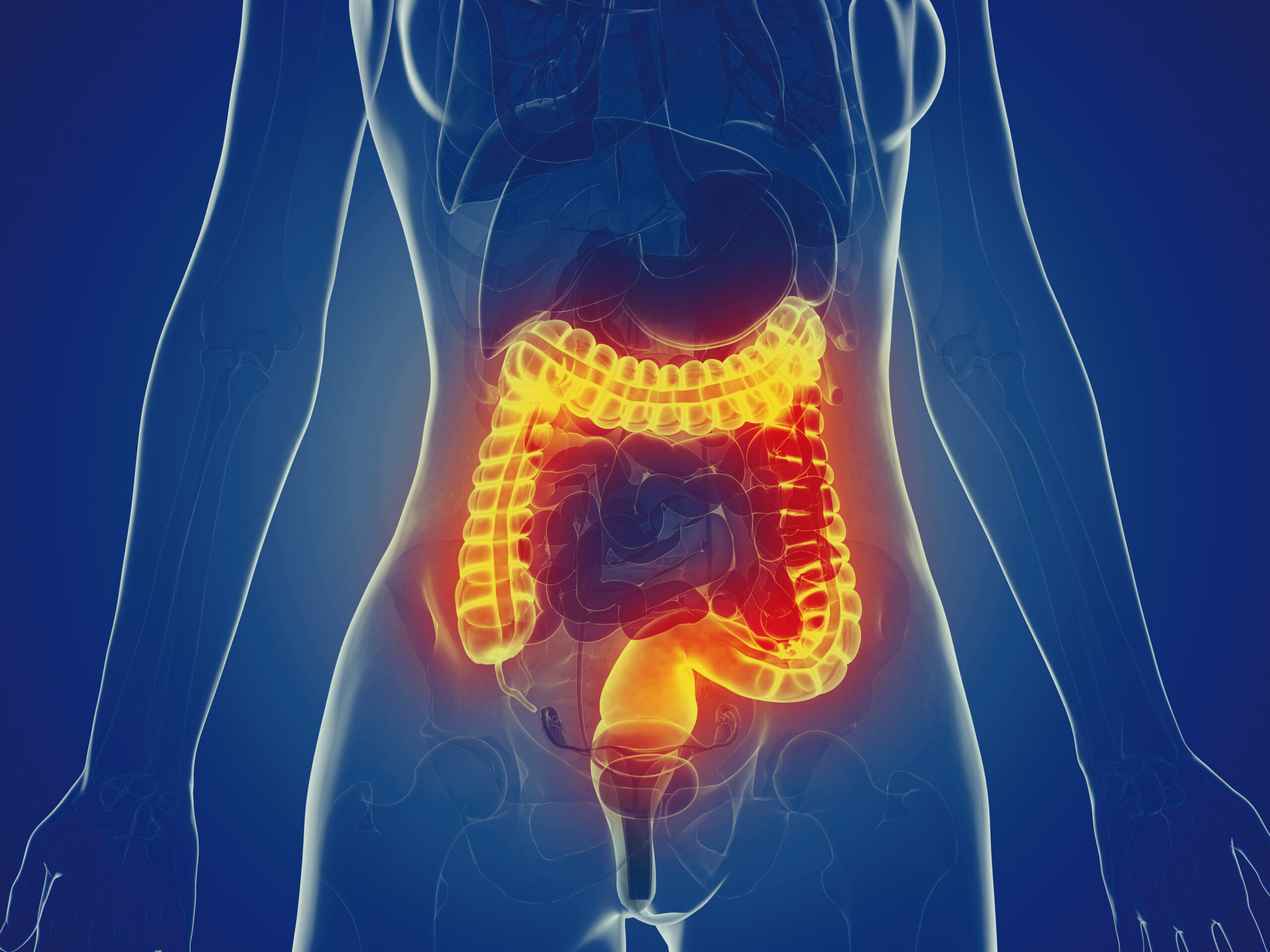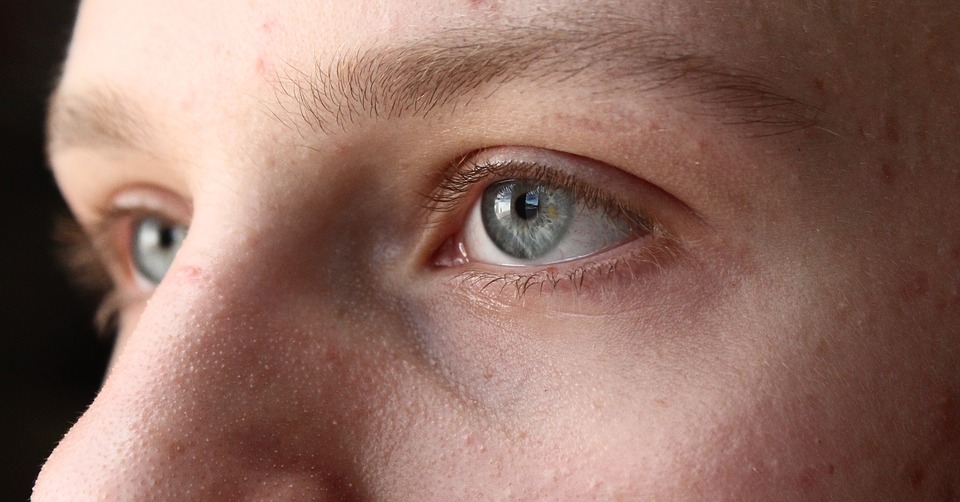The term “Sexual Fluidity” was coined in 2008 by American Psychologist Luisa Diamond to highlight howsexual orientation (heterosexuality, homosexuality, bisexuality, asexuality, pansexuality) can be flexible, that is, it is a variable that can undergo change. The concept has since been extended to sexual identity itself, which is an ongoing process that includes biological sex, gender identity, gender role, sexual orientation and affective orientation.
How does all this reverberate in adolescence?
Let us start with some important statements in their obviousness: adolescence is an age of crisis, and crisis, in an abused etymological reference, refers to “rupture” and “opportunity”; adolescents are by basic assumption “on the road,” “in search of their identity,” and of this identity the sexual one (both as gender identity and sexual orientation) is an important, indeed very important part. It is not surprising, then, that sex is a natural ground for testing and confrontation, that is, a ground for seeking, asserting, and differentiating oneself.
The acquisition of sexual identity is a complex, multifaceted process that goes through an interplay of identifications and counter-identifications at both the family and social levels. Starting with the perception of drives and desires (which are nonlinear) opens to the other, to a foreign and unknown universe. All this can be highly anxiety-provoking and destabilizing. While disturbances used to be mainly related to moral and religious boundaries, today’s society seems to be more accepting and tolerant of adolescents’ sexual anxieties and uncertainties.
However, this did not clear the field of anxieties or dangers.
Indeed it would seem that for today’s adolescents, acquiring an identity in some respects is even more arduous. While on the collective level some sexual orientations have been cleared, it is also true that many young people remain as if stranded in a condition of indeterminacy and undifferentiation. With the complicity of the media, thanks to an excess of virtual life over real life and an increasingly precocious sexualization, they who eschew any definition (experienced as a categorical cage) define themselves as “fluid,” flaunting a bisexuality that expresses itself in occasional and unstable experiences. This bisexuality in most cases does not represent a stage in a process of growth and search for one’s own authenticity and psychophysical well-being, but a kind of shortcut that only apparently leaves all roads open.
At the same time in reality, faced with the ambivalence of their own drives and attractions, the insecurities connected with what they imagine their gender role to be, the anxiety connected with contact with the other as other and other as gender, the disturbances arising from a changing body, these boys are then looking for other definitions: I am homosexual, I am in a body that does not correspond to me, I am asexual, etc., a kind of label and social “confirmation.”
In fact, in adolescence one should not speak of “homosexuality” but of homosexual experiences, just as a certain discomfort in one’s being male or female would be to be included in the strenuous search for one’s individuality rather than immediately placing it under a label (even if this is fashionable and strongly alternative). If for past generations adolescent transgression passed through political or cultural attitudes and choices of rebellion and rupture, today it seems to have transferred to sexuality. Many boys experiment with behaviors without any deep awareness, in a kind of attention-seeking and exhibitionism. For example, in one of the latest consultations, a 14-year-old girl, faced with a difficult and contentious separation between her parents and feeling flattered and attracted by the attentions of a peer, leaves her mother a message in which she states that she “feels like a male in a woman’s body,” requesting to speak with a psychologist with the expectation of having some sort of certification.
As Federico Bianchi di Castelbianco, director of the Institute of Orthophonology in Rome, said, “…., that of today’s young people is a trend, a fashion, almost an obligation… We talk about fluidity, kids very often experiment and have an experience with a person of the same sex at school age but that doesn’t mean they can be called homosexual or bisexual.”
![]()



